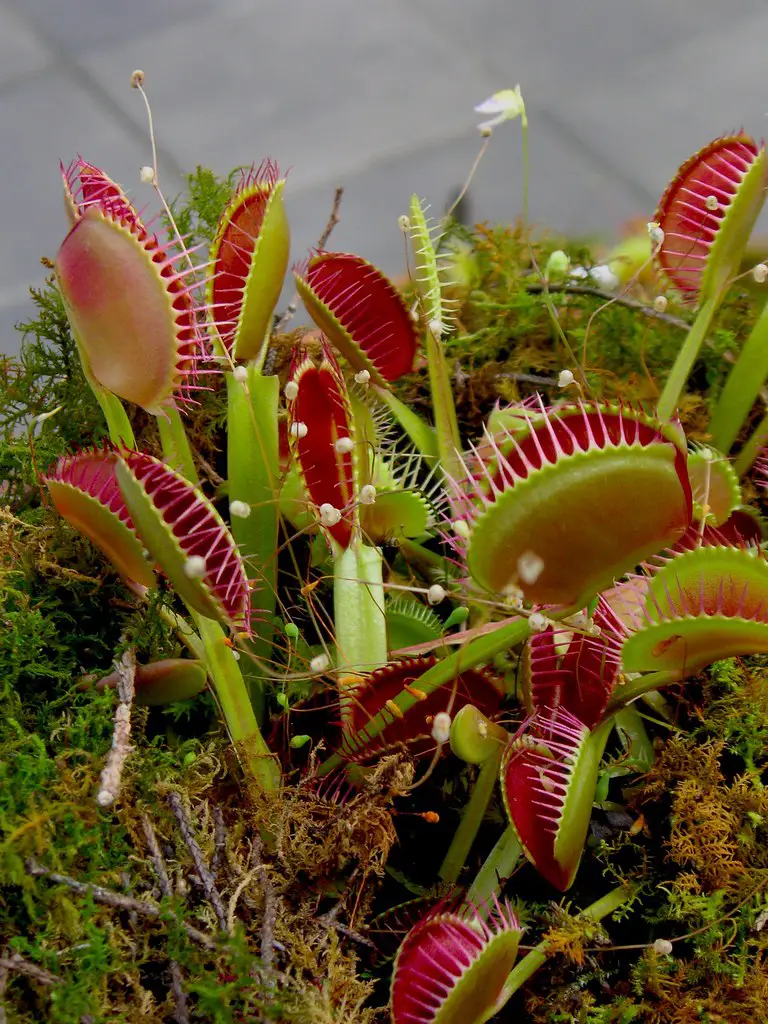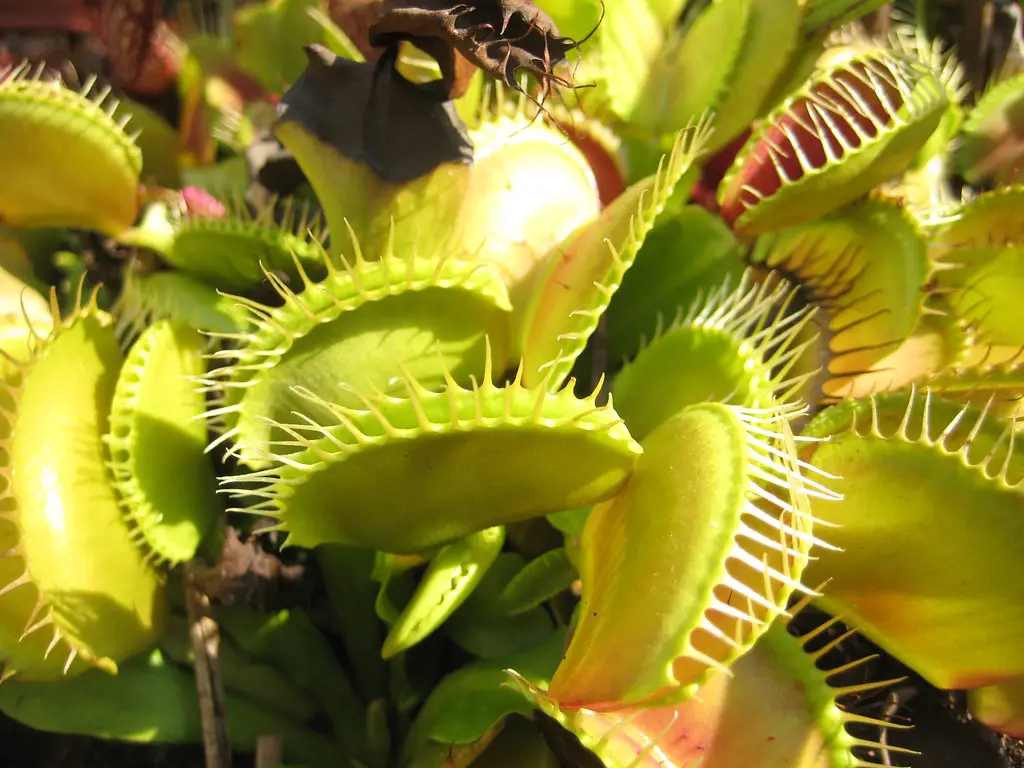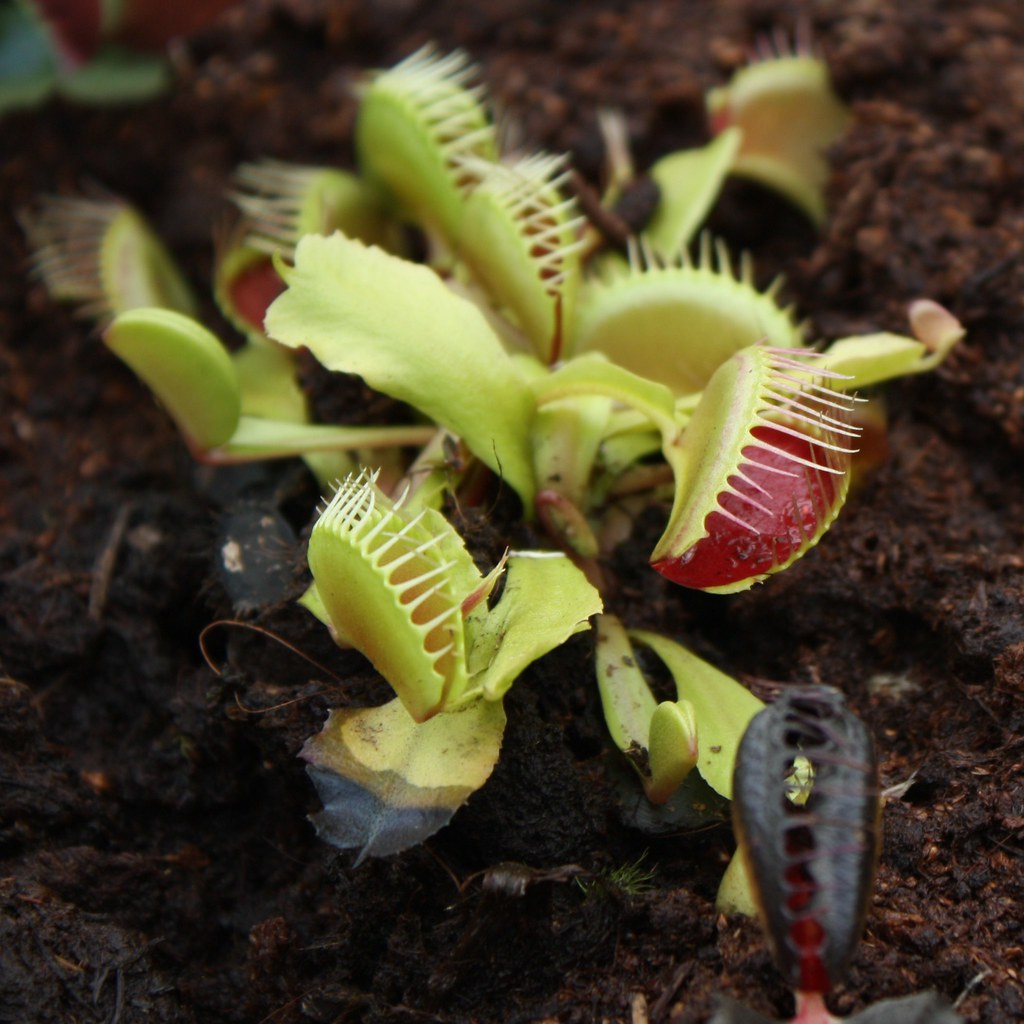Do Venus Fly Traps Reopen? And How Long Do They Take To Reopen? Venus flytraps are one of the most well-known carnivorous plants in the world. They have traps that snap shut in approximately 1 tenth of a second trapping insects. However, do the traps only close once or do they reopen and how long does it take for them to reopen.
Venus flytraps will reopen after the trap has been triggered, however, the speed at which this happens does depend upon the nature of the event. If a trap has been triggered but no prey has been caught the traps will reopen in around 24 hours. However, if the Venus flytraps have caught an insect they will not reopen until it has been consumed.
The traps contain trigger hairs that if contacted twice within 20 seconds will trigger the trap to close. However, the plant has evolved to reduce the chances of the traps being triggered by non-living stimuli and they are able to tell the difference between things like raindrops and prey.
The Venus flytraps’ main prey is spiders, beetles, and ants though it will catch the occasional flying insect. The speed at which these prey are digested typically varies between 3 to 5 days depending upon the size of the pray and the climatic conditions in which the plant is being grown.

About Venus Flytraps
Venus flytrap is native to North America and naturally occurs in the coastal areas between North Carolina and South Carolina though it has been introduced to other parts of the United States. Additionally, it is grown commercially for sale in nurseries but has become an endangered species in the wild.
A 2019 study found that more than 90% of the world population has been lost in the last 40 years and there are estimated to be only around 300,000 plants in the wild at this point in time. In addition to this loss of plant numbers, there have been only 71 sites confirmed where the plants naturally grow of which only 20% is considered to be long-term viable habitat for the plants.
The plant itself grows in shady places that are moist and have acidic soil conditions that generally have poor nutrient levels. However, the plant is not primarily reliant upon its prey for nutrients. This source of nutrition has evolved as a method of supplementing the plants’ nutrient intake. So the plant is capable of surviving without catching prey and it is not uncommon for the plant not to catch anything for several months at a time.
The individual traps will last a relatively short period of time and they will usually die off once they have opened and closed several times. These parts of the plant are periodically replenished with new ones on a regular basis.

It is common to find them in the understory of forests. However, these areas have progressively become less suitable for Venus flytraps because the frequency of fire in this area has reduced. Fire helps to clear the understory providing the plants with an opportunity to thrive.
The plants themselves are perennial plants that have a lifespan that is around about 20 years. They produce white flowers with green veins on a thin stalk in spring. These flowers, if pollinated, will produce seeds and are one of the methods that the plant uses to reproduce. However, many gardeners recommend that you do not allow the plants to flower if you’re growing them at home as they will affect the degree of the vigor that you see in summer.
If you attempt to propagate the plants from seed they will typically take about 4 to 5 years to mature. It is much more common to propagate the plants by division which is best done in autumn or winter when the plant is less active.
Caring For Venus Fly Traps
Venus flytraps are fairly self-sufficient plants that will survive if you follow a few simple directions. The first is to ensure that the plants are placed in a shallow tray of water as this will help to ensure that they remain moist and are able to access all the nutrients they need.

As mentioned above they are not plants that are suited to full sun so if you’re growing them indoors it is best to choose a window that gets morning sun but avoids the heat of the afternoon.
Generally, the plants can be fed bugs and insects, however, it is not absolutely essential for the survival of the plant. It is also very important to ensure that the bugs fed to the plant have not been killed with insecticide as that may poison the plant.
It is also important to note that in winter the plant growth may come to a complete halt and it is not unusual to see the leaves and stems turning black. This is not a concern it will resume growth once the weather warms up.
I hope you found this article useful and have great success growing your venus flytraps at home, if you have any additional questions or comments please leave them in the section below.
Relevant Articles
Can You Use Wood Chips As A Mulch On A Vegetable Garden?
Is The Soil In Raised beds Warmer Than The Soil In The Ground?
How Effective Is Rooting Hormone? Is It Worth Using?
